New Mexico is filled with some stunning national parks and monuments that you don’t want to miss.
With such a varied landscape and unique history you’ll find a little bit of everything in New Mexico, including ruins, canyons, and all sorts of wildlife and plant life.
Here’s a breakdown of what you can expect when visiting the best national parks in New Mexico and some tips for things to do to help you plan your visit.
You might also be interested in checking out national parks in Arizona.
Tip: Use the free app WalletFlo to help you travel the world for free by finding the best travel credit cards and promotions!
Table of Contents
Why visit national parks in New Mexico?
When most people think of the most iconic national parks in the United States, the first thing that comes to mind are those massive granite stone walls of Yosemite National Park in California, the landscape of 14,000 foot peaks that dominate the horizon at Rocky Mountain National Park in Colorado, or those herds of buffalo wandering through the steaming landscape of Yellowstone National park in Wyoming.
While the best known national parks such as Yellowstone, Yosemite, the Rocky Mountains and others are certainly impressive, there are also certain drawbacks that come with limiting your summer vacation to those postcard-worthy parks.
At Yosemite, you will most likely have to wait in line at Tunnel View to get that breathtaking picture of Yosemite Valley. At Yellowstone, you actually have to make an appointment to see the geyser Old Faithful erupt, and the magic of those 14,000 foot peaks at Colorado´s Rocky Mountain National Park seem a bit less enchanted when you have to share the summit with hundreds of other hikers.
Especially during the summer months, the most well-known national parks can become tourist traps as thousands of hikers, campers, backpackers and picture-takers descend upon these areas. If you are the type of person looking for a bit of solitude and wilderness when visiting the Great Outdoors, it might be best to visit the most popular national parks in the spring or fall when you will not have to compete with summer crowds.
If, however, you are looking for a great vacation spot where you can experience some of the most awe-inspiring landscapes our country has to offer without having to endure the music of your teenage campground neighbors, New Mexico might very well be the place for you.
As the sixth least densely populated state in the country at 17.2 people per square mile, New Mexico has a lot of land and not a lot of people. What´s more impressive is that unlike other sparsely populated states like North and South Dakota, almost every square mile of New Mexico is picture worthy and filled with adventure and countless things to do.
Below, we offer a complete rundown of the national parks, wilderness areas, national monuments and state parks in the state of New Mexico. As you´ll see, whether you are into exploring the gorges, mountains and valleys of the Colorado Plateau or exploring the colonial-era architecture of the desert southwest, New Mexico surely has something to offer for everyone.
Distribution of National and State Parks and other Protected Areas across the State
As we mentioned above, one of the most impressive aspects of New Mexico is that it has an incredibly diverse geography.
The eastern part of the state that borders Texas is dominated by the Great Plains of the Midwestern part of the United States. While the land is not quite as flat as Kansas and Nebraska, here you will find landscapes where you can see into the horizon as far as the eye can see.
In the northeast corner of New Mexico, you will find the Capulin Volcano, an extinct cinder cone that can help you imagine the volcanic past of much of the western parts of the United States.
Much of the southern part of the state is characteristic of the dry, desert landscape that is most often associated with the southwest part of the United States. In southern New Mexico, you will also find two of the most interesting national parks that we will look at in more detail below: White Sands National Park and Carlsbad Caverns.
The center of the state is where the two largest cities are located, Santa Fe and Albuquerque along with several unique national historical areas that we will explore below.
For nature lovers, the northern and western part of the state is where you can find an abundance of outdoor activities, including opportunities to hike, camp, and explore the natural world. Geographically, the Colorado mountain range swoops south of Colorado and covers much of the northern and western part of the state.
The Sangre de Cristo mountain range along with the Zuni Mountains offer rugged and tree-lined peaks with an abundance of rivers and wildlife. As you venture farther south, the Black Range, and the rugged Guadeloupe, Mongollon, Sacramento and San Andres Mountains continue the mountainous landscape, though the land is notably drier and more desert-like.
The Rio Grande River, most known as the natural boundary that separates Mexico from the United States, actually springs from the snowmelt of the mountains of southern Colorado and runs through much of the state of New Mexico before reaching the border with Mexico.
The Gila, Pecos, and the Canadian rivers are also major bodies of flowing water that helped to form over millennia the unique topography of the state of New Mexico.
Map of National Parks and Protected Areas in New Mexico
All in all New Mexico has New Mexico has one national park (Carlsbad Caverns), one national heritage area (Northern Rio Grande), two national historical parks (Chaco Culture, Pecos), 12 national monuments, and an astounding 35 state parks that are less visited, though not any less impressive.
If you are planning a trip to New Mexico, the best way to start planning out a route, is with this map of national parks and monuments offered by the National Park Service.
You can also find a list and description of all 35 state parks here.
For people interested in hiking and backpacking, an interactive map of the top 25 hiking and backpacking trails can be found here.
Park Pass for New Mexico Parks
Many travelers interested in exploring the national parks and monuments across our country opt for purchasing a flat fee annual national park pass.
This will allow you multiple entries into the national parks across the country for up to a year. Since New Mexico only has one national park, this might not be the best option for your New Mexico adventure.
However, the New Mexico state government has a couple of great offers for visiting their state parks.
If you are not into camping but still want to visit several of the magnificent state parks, the annual day-use pass only costs $40 for 12 months. Furthermore, an annual camping permit valid in all of the state parks costs only $180 for New Mexico residents and $225 for people who live out of state.
If you are planning to camp for more than a couple of nights, you can most likely save some serious money through signing up for the annual camping permit. Furthermore, you can plan repeat trips throughout the year knowing that your camping costs are already covered.
You can find out more information about the passes available for New Mexico state parks here.
Below, we offer in-depth reviews and guides of everything to do at the top national parks and monuments in the state of New Mexico.
Aztec Ruins National Monument
The Aztec Ruins National Monument located in the northwestern part of the state is a great place to learn about the Native American history that is an essential part of the history of the region. This site preserves ancient structures and housing of the Pueblo indigenous people.
Archaeologists believe that this archaeological area dates back to the 11th to 13th centuries.
While the Aztec name is erroneously based on the fact that early settlers mistakenly thought the ruins to be of Aztec origin, this is one of the few archaeological sites across the country that will allow you to travel back and time and see how Native American populations actually lived.
Due to the unique climate, the original timber can still be seen in many of the dwellings. If you look closely, you might even be able to find the fingerprints of the masons that worked on the Great House that contains over 400 rooms.
The Aztec West Trail is a short half-mile hike that will allow you to journey back into time.
Bandelier National Monument
Another great national monument to learn about the history of the Puebloan people is Bandelier National Monument.
This national protected areas has over 33,000 acres and over 70 miles of hiking trails that allow you to discover ancient Pueblo structures that date back to the 1100s. Furthermore, since the monument is located on the Pajarito Plateau on the slopes of the ancient Jemez Volcanic field, over 70 percent of the park is recognized wilderness areas. The Cerro Grande Mountain is over 10,000 feet high while the river front along the Rio Grande is only 5,000 feet.
This extreme change in elevation allows you to explore different climatic regions and wildlife zones as you wander through the intricate net of hiking trails.
Tip: Use the free app WalletFlo to help you travel the world for free by finding the best travel credit cards and promotions!
Capulin Volcano National Monument
What? Volcanoes in New Mexico.
Though most people associate volcanoes with the Pacific Northwest or Hawaii, the Capulin Volcano National Monument in northeastern New Mexico that allows people to interpret the geologic history and find out how ancient volcanoes helped to shape the dramatic landscapes of the West.
This extinct cone volcano last erupted around 60,000 years ago, though you can easily see over 10 million years of geologic history with the help of one of the guides. A short hike to the top of the volcano will allow you to appreciate unobstructed views of the rolling grasslands to the east and the snow-capped peaks to the west.
Carlsbad Caverns National Park
New Mexico´s lone national park, Carlsbad Caverns National Park, is one that is not easily forgotten. Located in the Guadalupe Mountains in the extreme southeastern corner of the state, the Show Cave is the main attraction here.
You can either hike on your own through the natural entrance or take an elevator to the visitor’s center that is located in the main cave.
The Big Room is a massive underground limestone chamber that is almost a mile long, over 600 feet wide, and upwards of 250 feet high in some place… This makes in the fifth largest cave chamber in the country and certainly one of the most unique. The caves were originally carved out over millions of years by being underwater. However, as water levels receded, the caves are now about water level.
For adventure seekers, the Slaughter Canyon Cave tour allows you to spelunk into an underground wilderness without electricity.
Above ground, the Carlsbad Caverns national park also has three hiking trails. The nearby Rattlesnake Springs picnic area is a wooded riparian area in the desert meaning that you will find hundreds of species of birds and other wildlife.
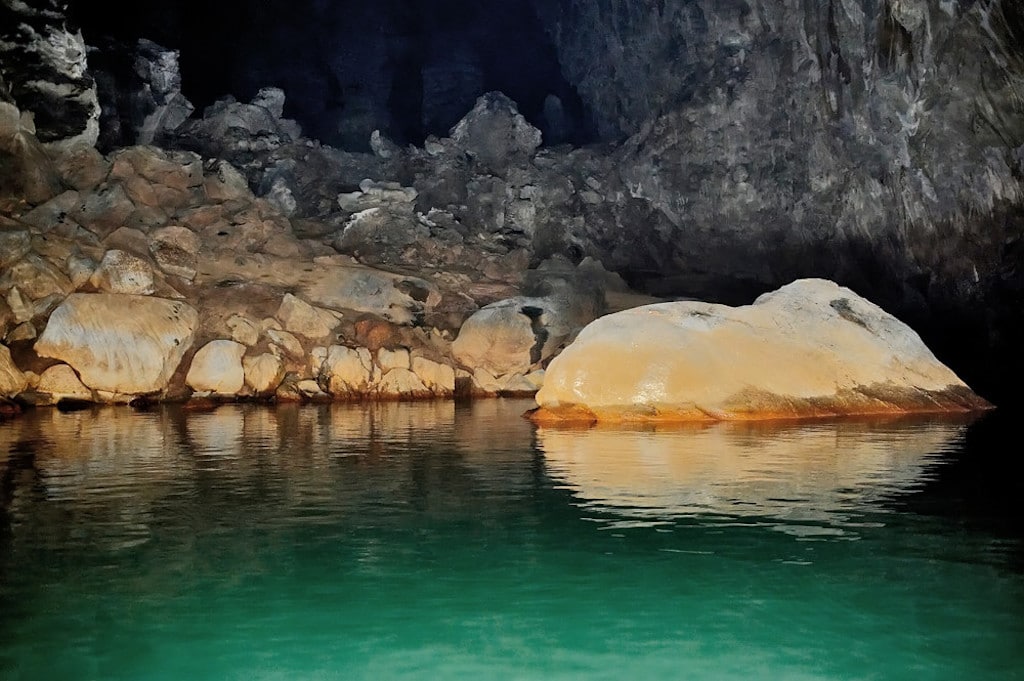
Chaco Culture National Historic Park
Another great way to learn about the Native American history of the state is through a visit to the Chaco Culture National Historical Park. This park is located near Albuquerque and contains a huge variety of ruins of the Chaco culture. It is widely considered to be one of the most important pre-Columbine historical areas in the country.
Historians believe that the Chaco Canyon was a cultural hub for the Ancient Pueblo peoples. Here you can find 15 major architectural complexes. Furthermore, the Sun Dagger petroglyph allows you to take a glimpse into the astronomical knowledge of these indigenous cultures. Some of the ancient buildings were aligned according to both the lunar and solar cycles.
For history buffs, the park offers in-depth guided tours while the adventure seekers will enjoy the hiking and biking trails and opportunities to star gaze into the desert sky.
El Camino Real de Tierra Adentro
This El Camino Real de Tierra Adentro National Historic Trail follows a colonial “royal road” that was used by the Spaniards who originally colonized the area. This road originally began in Texas and extended all the way to where modern day Mexico City is located. While this trail traverses a large part of the state, one place you cannot miss is in downtown Albuquerque.
The Paseo del Bosque Trail is a beautiful hiking and biking trail located in the Rio Grande Valley State Park. This 16 mile paved trail will not only take you through the Cottonwood bottomland forest, but will also help you to imagine the ancient trade route used by indigenous populations and Spanish conquistadors for thousands of years.
El Malpais National Monument
Literally meaning “the bad lands”, El Malpais National Monument, is characterized by a barren volcanic field that covers much of the park’s area. Here you can find ancient lava flows and signs of the region´s violent volcanic past.
The park also has two visitor´s centers with a wealth of information and several miles of hiking trails that allow you to explore the old cinder cones, lava tube caves, sandstone bluffs, and other unique geologic features. While much of the park is barren volcanic rock, there are also areas of grassy prairies and desert forests which is great for birdwatchers.
El Morro National Monument
In northwest New Mexico, El Morro National Monument is located on an ancient east-west trail that used to connect Native American populations. While the trail is one attraction for people interested in the history of the region, the massive sandstone promontory with a beautiful pool of water at its base is what most people come to see.
This shaded oasis has been attracting people and travelers for thousands of years as thousand year petroglyphs and traveler signatures dating back to the 17th century can still be seen. A series of well-kept park trails allows you to explore the water pool, the Pueblo archaeological site, the top of the limestone promontory, and read through the thousands of signatures left at what some consider America´s oldest campground.
Fort Union National Monument
History is not always kind, and the colonization of the western part of the United States was characterized by a series of “Indian Wars” whose objective was to take over the lands of the Native American population that had lives there for centuries. The Fort Union National Monument allows visitors a peek into this difficult part of our history.
The site preserves a military fort that was built in 1851. The visitor´s center offers information about who lived at the fort and the battles that took place. A short trails also allows visitors to explore some of adobe ruins. Part of the Santa Fe Trail, a 19th century wagon trail used by pioneers heading west, can also be observed at this national monument.
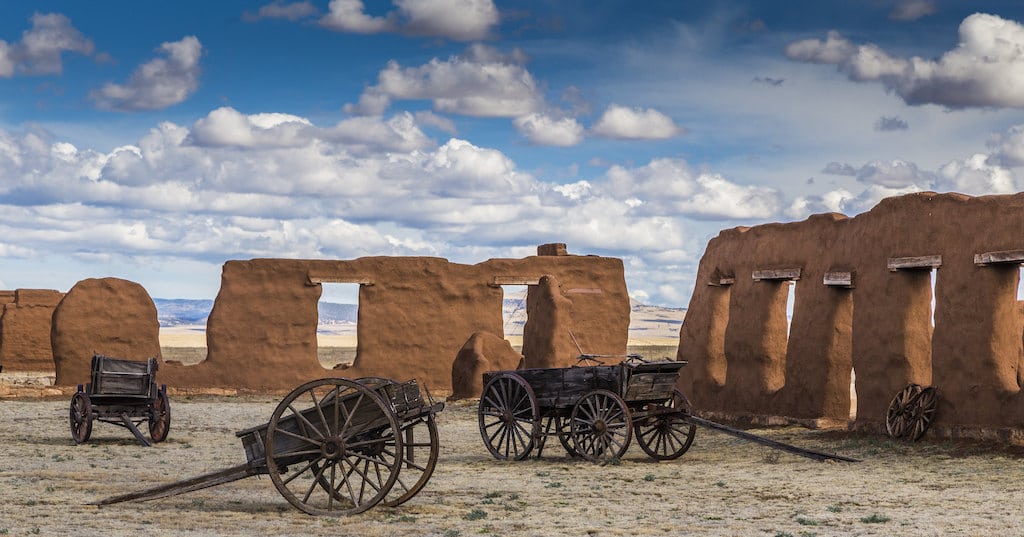
Gila Cliff Dwellings National Monument
Gila Cliff Dwellings National Monument preserves two of the most prominent ruins of the ancient Mogollon peoples. Since the Gila Rivers was the lifeline for this ancient culture, the national monument is located in the absolutely beautiful countryside along this river. Deep canyons, shallow rivers, mesas and bluffs forested with resilient desert trees such as pinon pine and juniper make this a great place to explore.
The visitor´s center has a small museum that showcases artifacts found around the cliff dwellings that were inhabited for thousands of years, first by nomadic tribes and later more permanently by the Mogollon people. After you have visited the cliff dwellings, nearby hot springs along the Gila River should also be on your list of things to do.
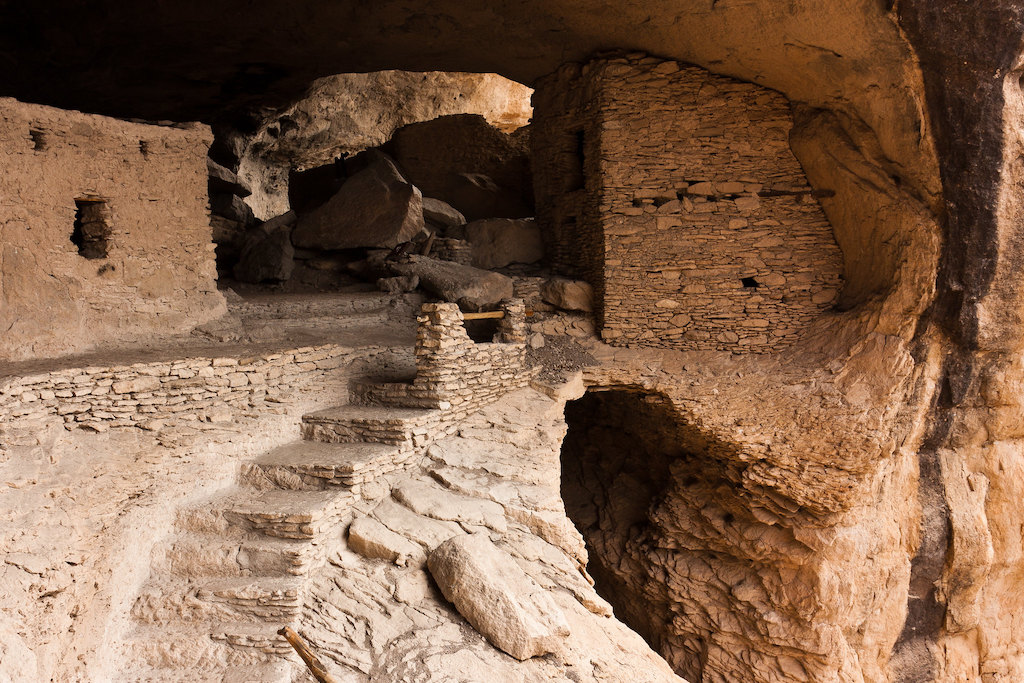
Manhattan National Historic Park
As we mentioned above, history has its dark side as well. The Manhattan National Historic Park was recently established as a way to preserve the memory of the people, events, science, and engineering that led to the creation of the atomic bomb.
Many people consider that the atomic bomb led to the end of the World War II, and the site in Los Alamos, New Mexico offers an educational tour to help visitors understand this complicated part of our national history where over 6,000 scientists worked during the 1930s and 1940s.
Old Spanish National Historic Trail
Old Spanish National Historic Trail used to connect northern New Mexico settlements such as Santa Fe with more populated areas farther west like Los Angeles.
The trail was over 700 miles long and passed through incredibly rough terrain, including mountains, deserts, and canyons. Many historians consider this to be the most difficult trade route ever established during the pioneering of the west.
Throughout New Mexico there are nearly 400 miles of the trail around three different routes. One of the best places to visit is the Armijo Route where NPS trail signs allow you to know where you´re exploring.
Pecos National Historic Park
Another great place to visit nearby the city of Santa Fe is the Pecos National Historic Park. From the historical angle, this park traverses several centuries of history. From prehistoric archaeological ruins of the Pueblo people to later ranches established by early pioneers to ta battlefield fought on during the Civil War, this park has a bit of history for everyone.
The Pecos Pueblos is by far the most impressive features as it offers a look into the rock-and-mud houses that made up a small town that was built around year AD 1100. Furthermore, the Forked Lightning Ranch showcases an early homestead of Tex Austin, one of the biggest names in the history of rodeos.
After the visiting the ruins, you will also want to make time to walk through the Glorieta Pass, a beautiful valley offering safe passage for travelers wanting to avoid the Sangre de Cristo Mountains for thousands of years.

Petroglyph National Monument
In the central part of the state, the Petroglyph National Monument is a place you won´t want to miss. Besides harboring five extinct volcanic cones, there are also over 24,000 petroglyphs carved into different rock faces around the region. While some of these carvings depict animals and people, others are harder to decipher, allowing your imagination to roam.
The National Monument has four main areas, including the Boca Negra Canyon, the Rinconada Canyon, the Piedras Marcadas Canyon, and the Volcano Day Use trails.
The Rinconada Canyon is our recommendation as this 2.2 mile desert hike allows you to discover upwards of 300 different petroglyphs scattered throughout the trails. The Boca Negra Canton area is more developed and less extreme of a hike, though still offering plenty of beautiful petroglyphs to ponder.
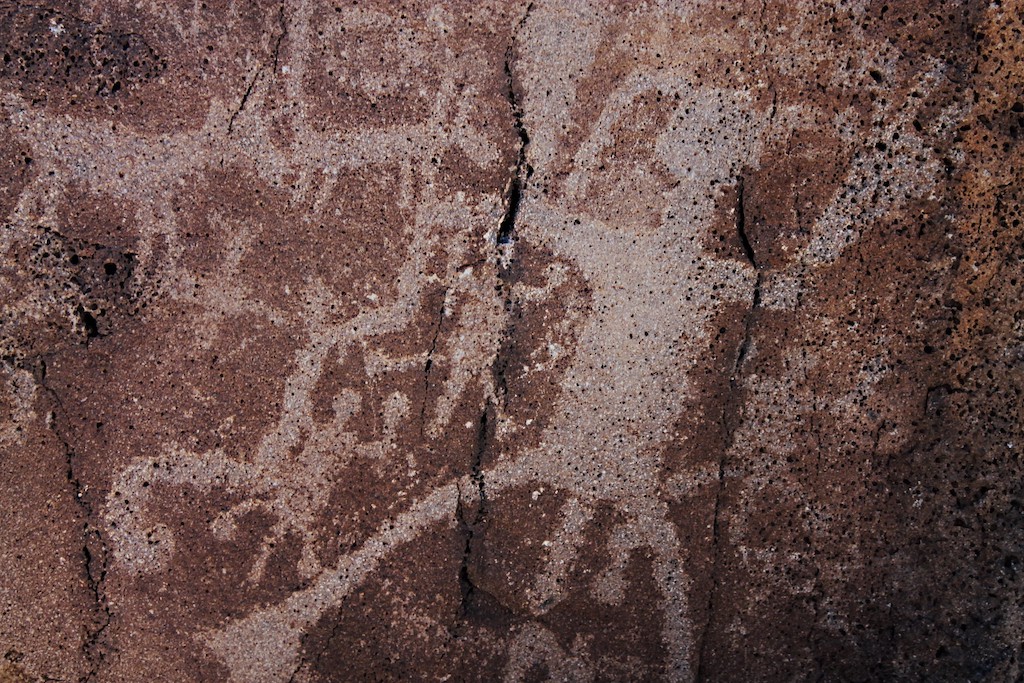
Salinas Pueblo Missions National Monument
New Mexico obviously has a strong connection to the Spanish Colonial past, and nowhere is that better seen that at the Salinas Pueblos Missions National Monument.
In the 1600s, Spanish missionaries established a mission to work with the Puebloan people that spoke the Tiwa and Tompiro languages. Today, this national monument offers the remnants of huge churches along with partially excavated ruins of the Gran Quivira pueblo.
Besides touring the mission structures, there are also guided petroglyph tours and great bird watching along the Spanish Corral Trail located in the Quarai part of the park.
Santa Fe National Historic Trail
New Mexico was obviously located along important trade and migration routes as seen by the huge amount of national historic trails. The Santa Fe National Historic Trail was one of the earliest routes to the west that connected Santa Fe with the frontier town of Independence, Missouri. One of the most interesting parts of this trail from an historical perspective is the Fort Union National Monument mentioned above.
While this trail passed through five different states, the entranceway into Santa Fe, New Mexico was the end of an arduous journey.
Valles Caldera National Preserve
Who wouldn’t want to hike through the mouth of a 13.7 mile wide volcanic caldera?
The Valle Caldera National Preserve is located in the Jemez Mountains in the northern part of the state. Besides beautiful mountains, you can also find hot springs, fumaroles, gas seeps, and volcanic domes dominating the landscape.
This alternative to Yellowstone National Park lets people discover the volcanic nature of much of the western part of the United States that is literally boiling right beneath their feet.
One hike you will not want to miss is to Redondo Peak, an 11,253-foot resurgent lava dome that is entirely inside the caldera.
There are also grass valleys and prairies where wildlife is abundant. The huge valley was created by a massive volcanic eruption over a million years ago and today there are beautiful meandering streams that make this one of the best places in New Mexico to spot wildlife.
White Sands National Park
Lastly, we come to what many people consider to be New Mexico´s most impressive natural feature: the White Sands National Park. Among the 275 square miles of desert, you can find sparkling white sand dunes that invite you to come and roll around and hike through the barren but beautiful landscape.
Located in the mountain-ringed Tularosa Basin, the white sand is actually gypsum crystals. While this resource is usually dissolved by water, the desert landscape, over millions of years, has captured these crystals that erode from the nearby mountains, making this the largest type of gypsum dune in the world.
At White Sands, there is no shortage of things to do. The Nature Trail and the Playa Trail are short hikes that will introduce you to this unique area.
Furthermore, there are several backcountry biking trails worth exploring. If the heat is too much for you, Dunes Drive is an 8-mile backcountry road that will allow you to take in some of the breathtaking landscape.
Lastly, for real adventure seekers, backcountry permits are available for camping, allowing you to enjoy a once in a lifetime experience sleeping on crystal sand while enjoying the night sky that only the desert can offer.
Final Word
The 18 national parks and monuments reviewed above are only the top of the iceberg when it comes to New Mexico. There are also 35 state parks all with a unique charm.
If you are looking for an opportunity to avoid the summer crowds that are all too common at the most popular national parks while still enjoying the best that nature has to offer, New Mexico is a place unlike any else.
Daniel Gillaspia is the Founder of UponArriving.com and the credit card app, WalletFlo. He is a former attorney turned travel expert covering destinations along with TSA, airline, and hotel policies. Since 2014, his content has been featured in publications such as National Geographic, Smithsonian Magazine, and CNBC. Read my bio.

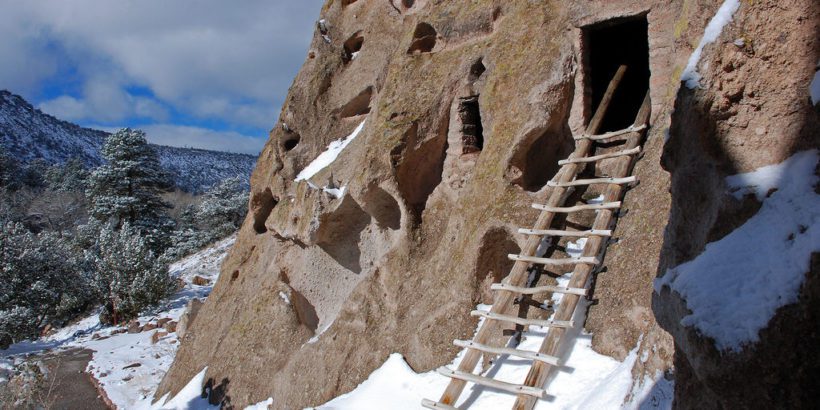
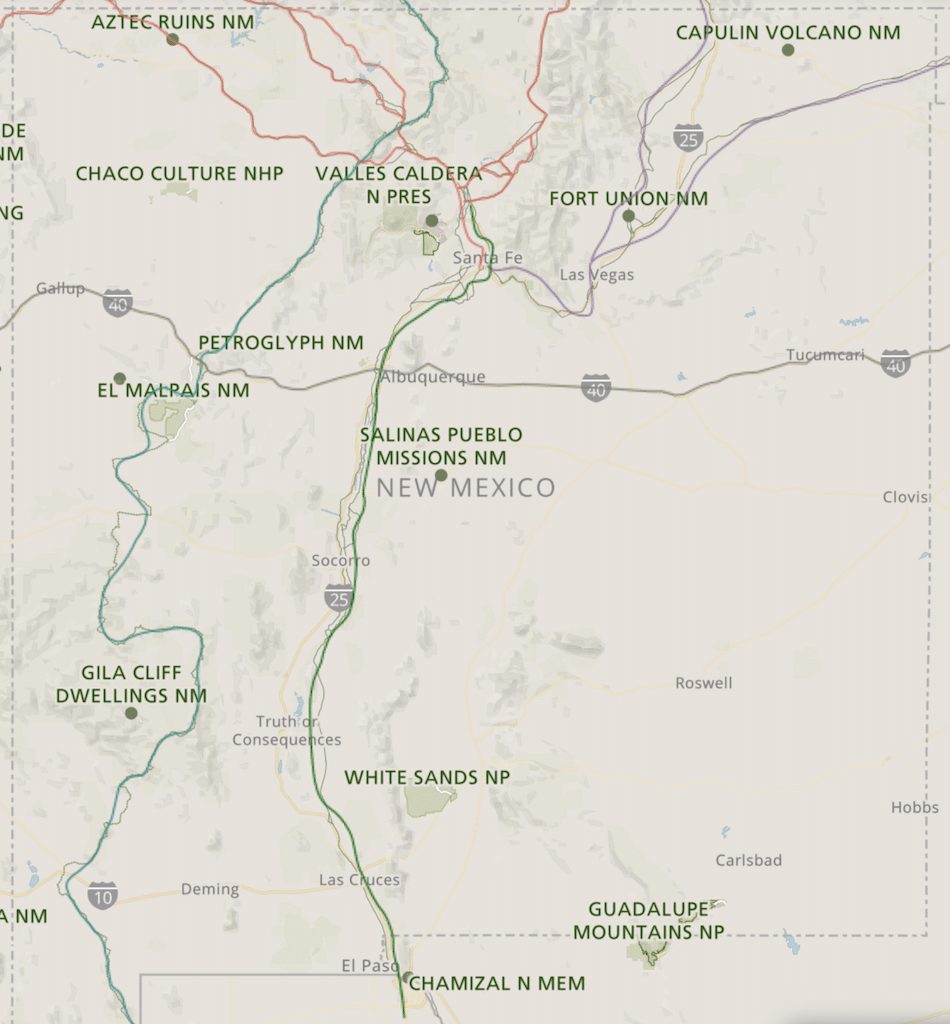
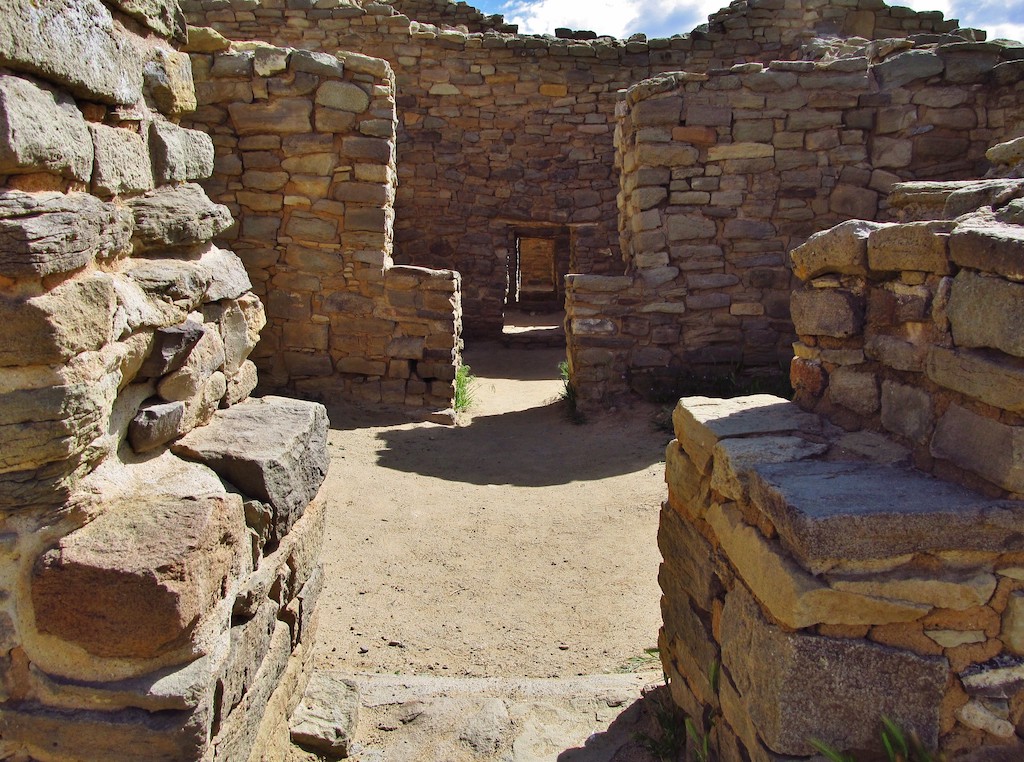
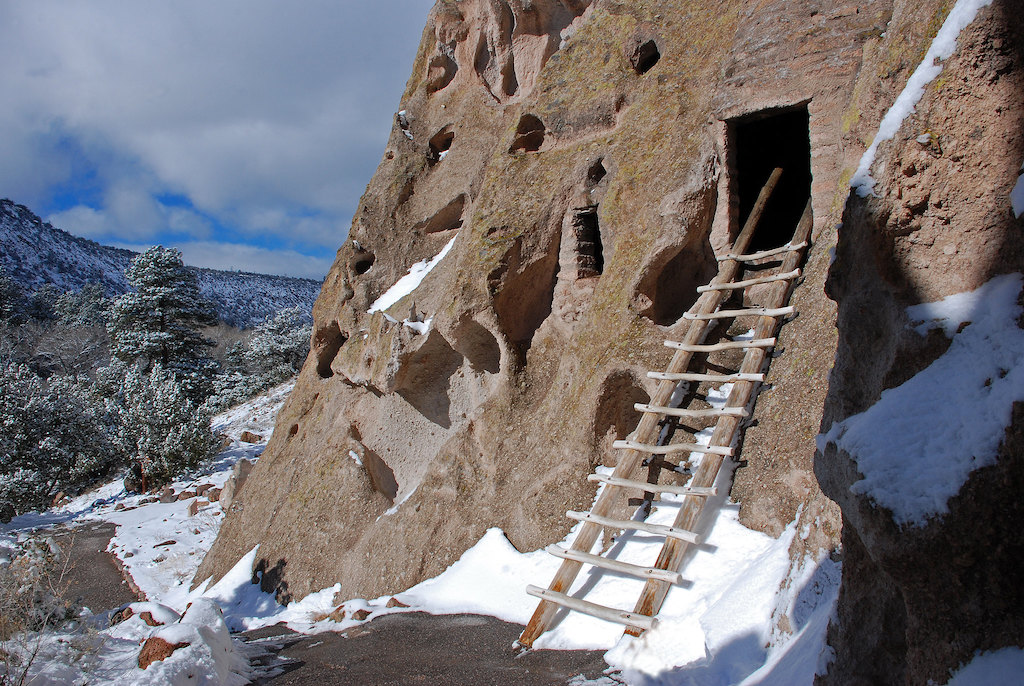

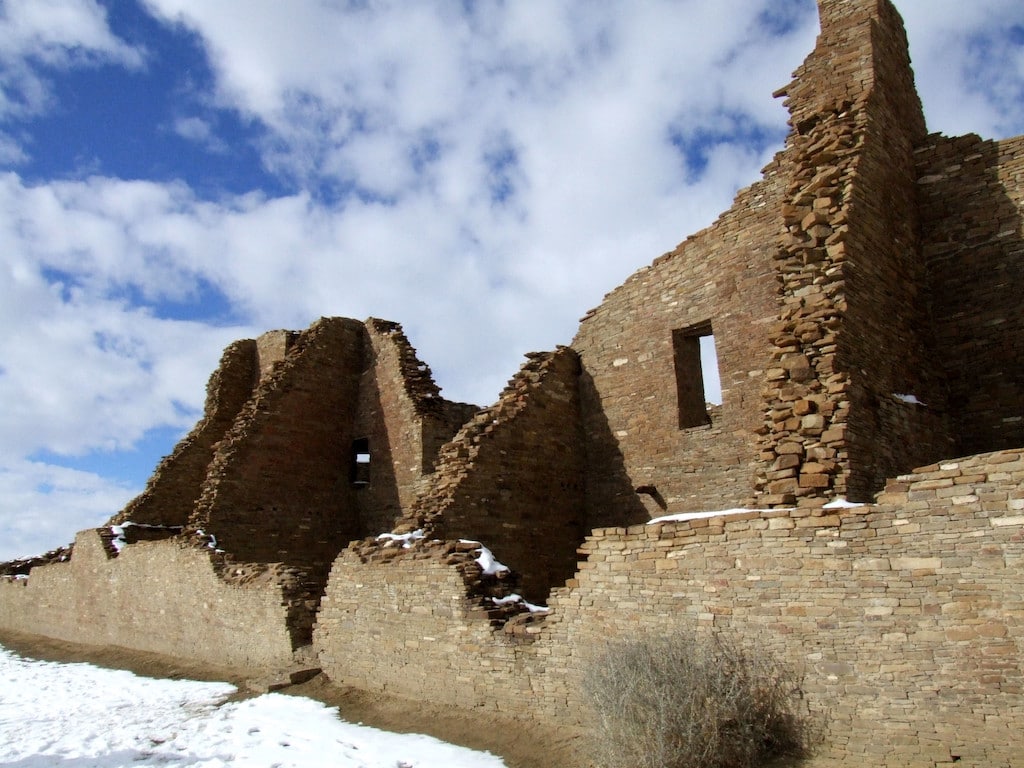
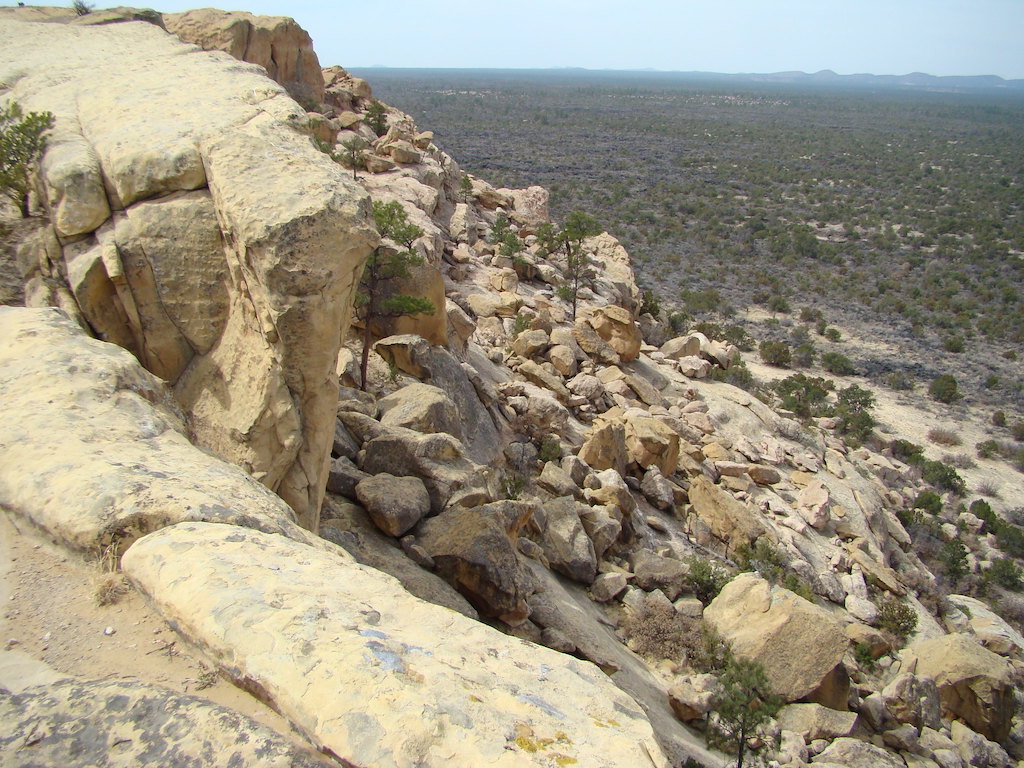
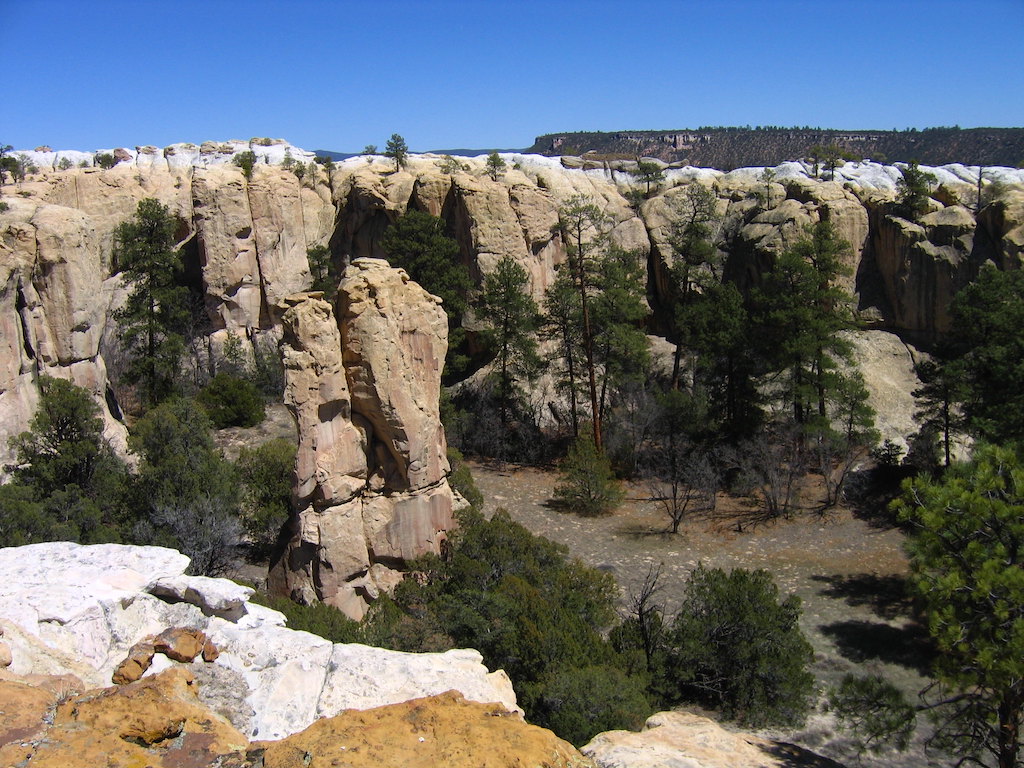
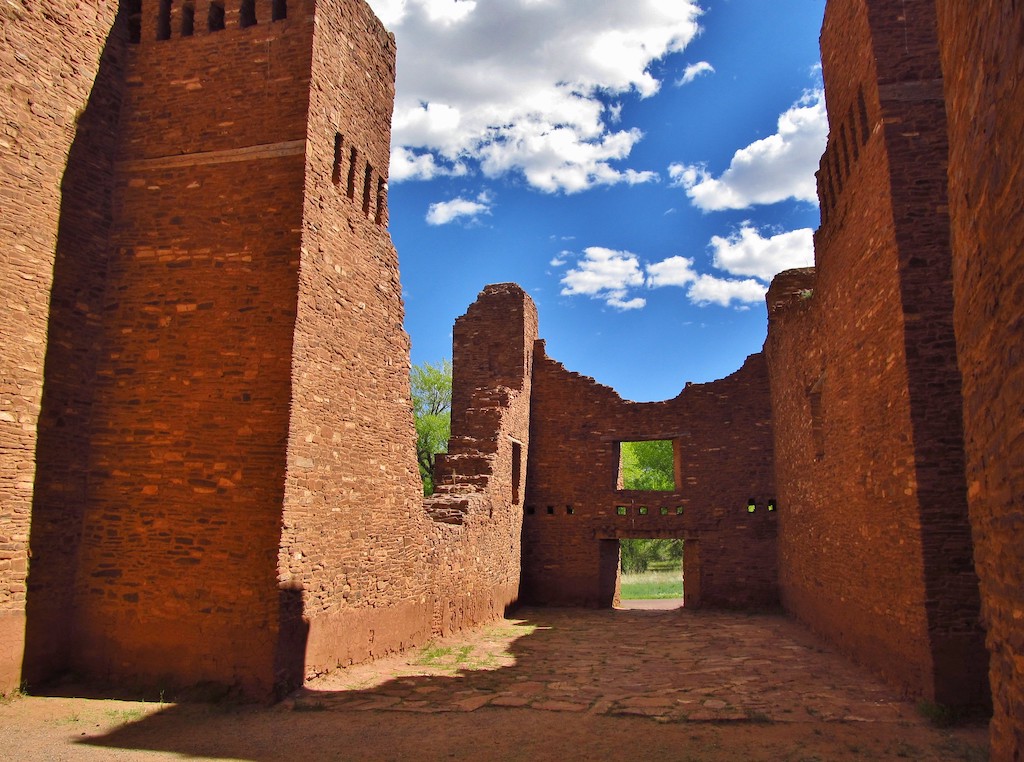
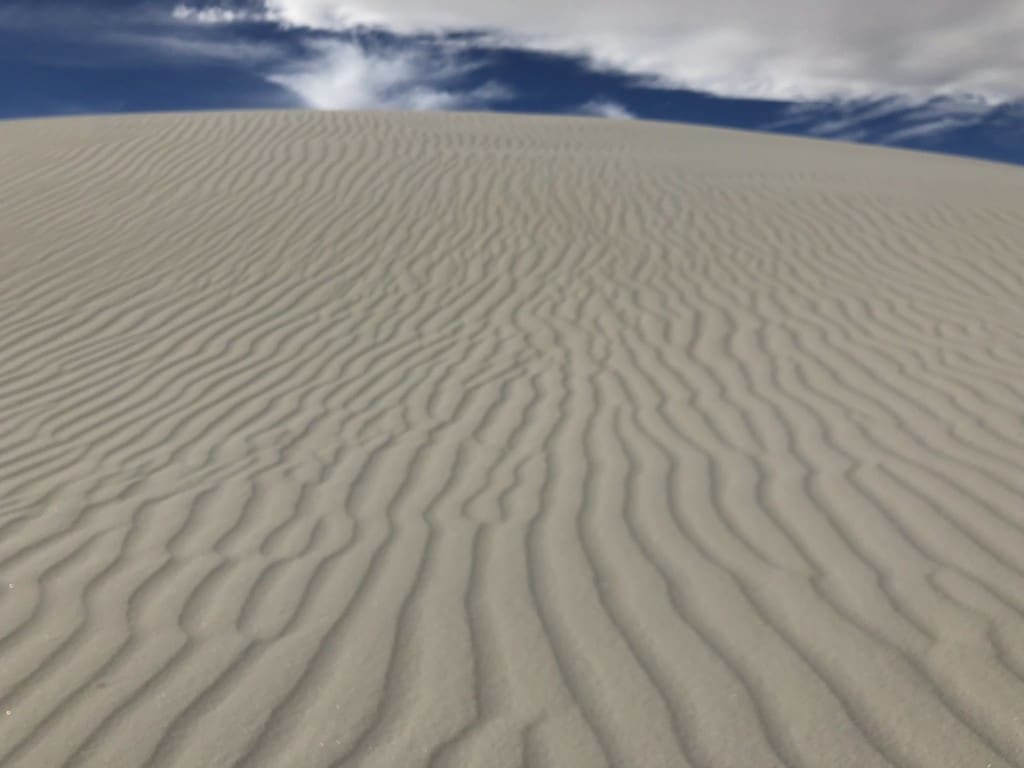
Wondering about camping options…